Get moving, get healthy, get quantified - Talk Mobile
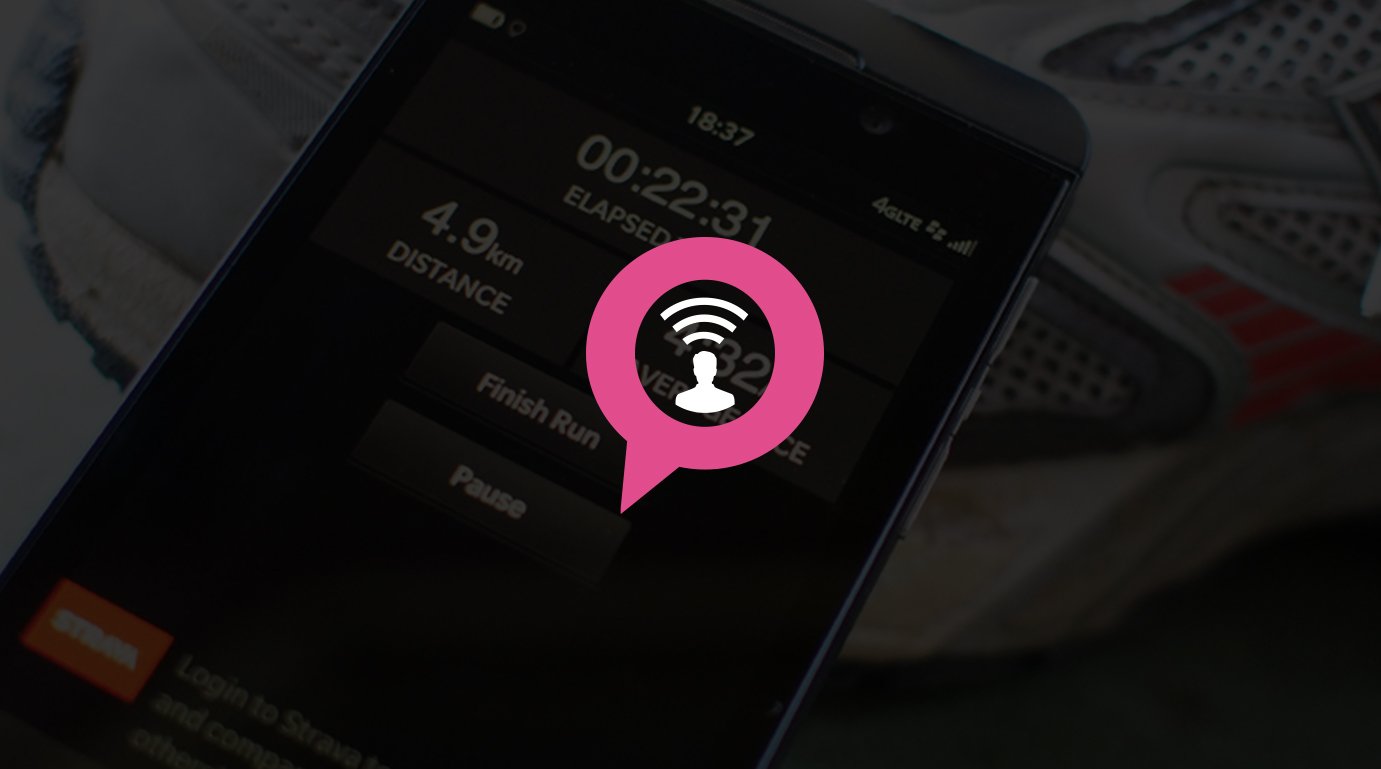
Presented by Blackberry
Talk Mobile Connected
Get moving, get healthy, get quantified
by Rene Ritchie, Daniel Rubino, Kevin Michaluk, Phil Nickinson
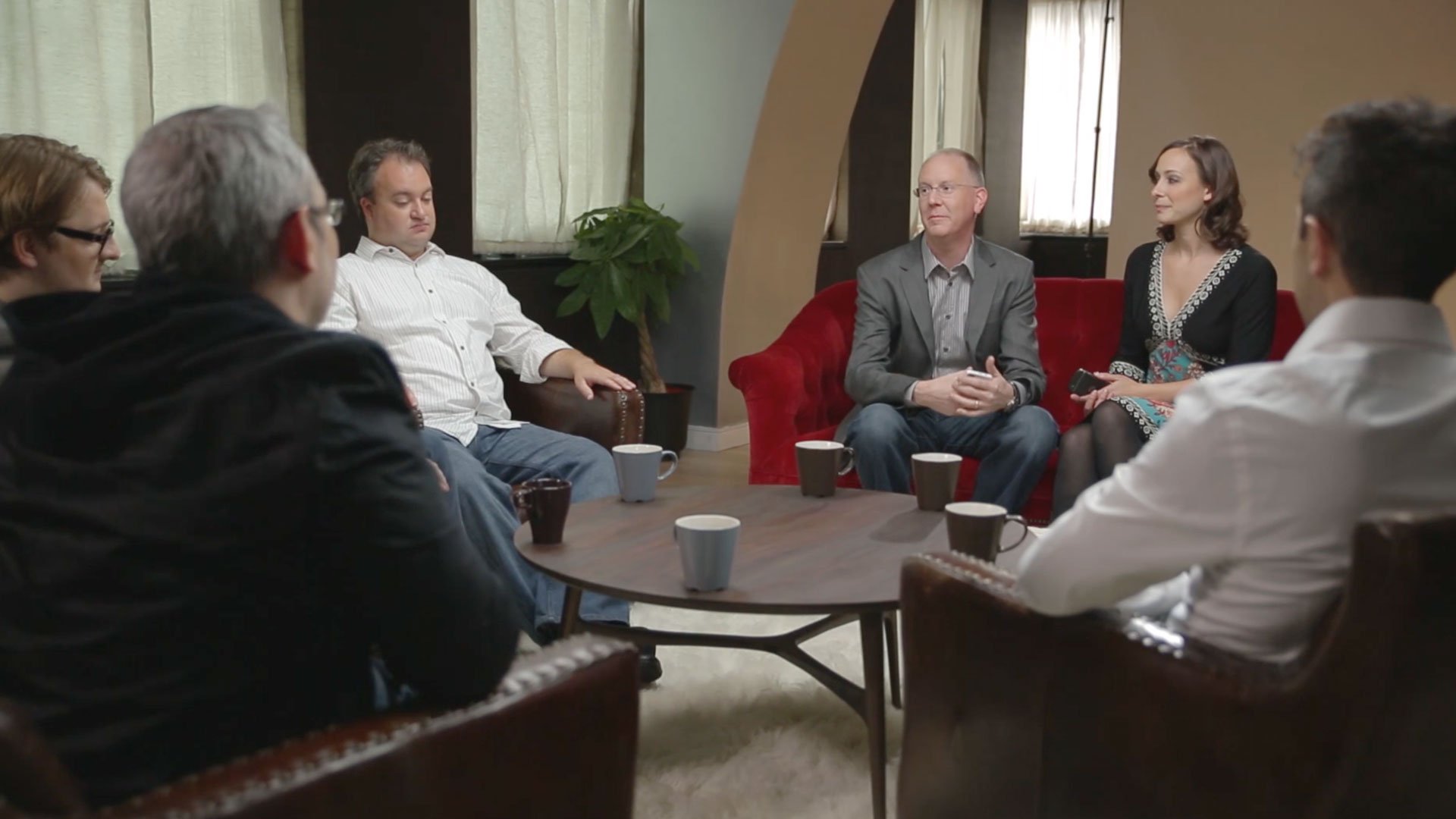
Early on a smartphone accessory used to be something like a case or a holster, or maybe a Bluetooth headset if you were a real power user. But with increasingly powerful, efficient, and miniaturized sensors, memory, and processors, it's become possible for these accessories to become much more than that.
Our smartphones are no longer the only piece of connected technology we can carry with us everywhere we go. Fitness trackers and health monitors have exploded onto the market in recent years, as have sleep monitoring devices and a wide array of nutrition and medical apps and services. They're beginning to change how we live, taking data about our lives and spitting out quantifiable information that we can use to make better choices.
Or so they say. But can technology really help us in our exercise and enable us to be more fit? Are these nutrition apps and services good enough to do what they claim to do, or is it all in our heads? Can you get a more restful sleep with a connected wristband or clip-on monitor? And can all of this technology help us be healthier and make better medical decisions?
Be an expert in 5 minutes
Get the latest news from Android Central, your trusted companion in the world of Android
Let's get the conversation started!




Quantified Self
Articles navigation
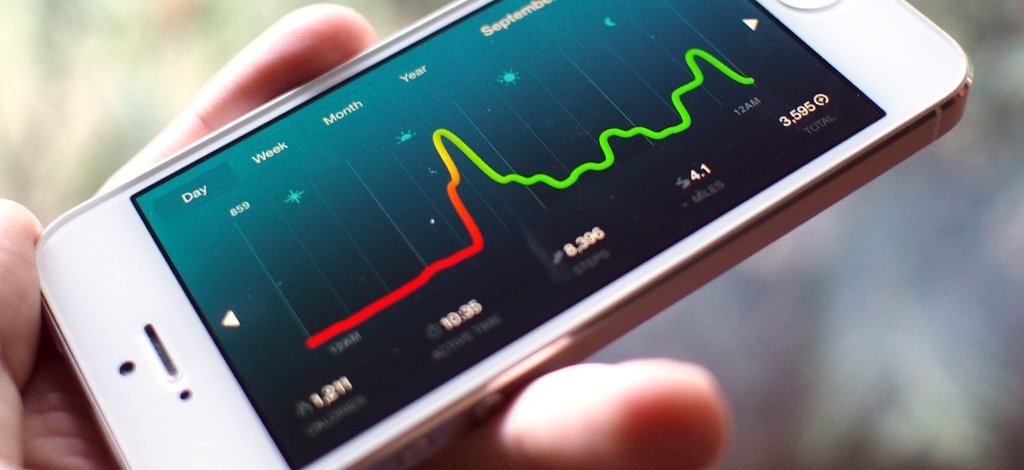

Using technology and shame for better fitness
By Kevin Michaluk
When it comes to fitness gadgets, I've tried just about every one. My house is littered with Fitbits and Jawbone Ups and Nike+ sensor pods that I had to put into special shoes with a matching cavity in the sole. After trying all of these devices, the one that really does it for me is the Nike+ FuelBand.
What made the FuelBand work for me is the gamification: it turns daily exercise into something like a game.
What really made the FuelBand work for me is the gamification aspect. It takes daily exercise and turns it into something like a game. The FuelBand is essentially a fancy wrist-mounted pedometer. It tracks how I move and when I move and translates that into easy-to-digest points. I have a points goal I strive to reach every day, and because this is a fancy pedometer it can sync with my computer (or iPhone) and send those points to Nike's website.
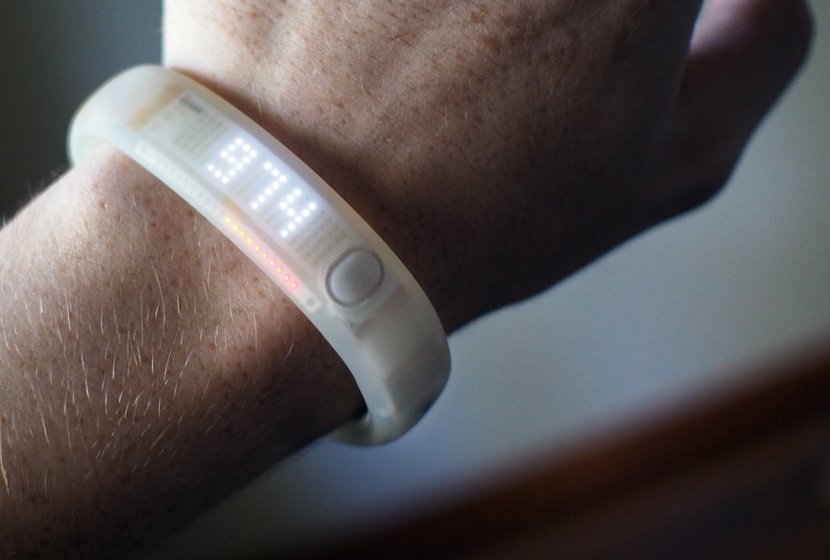
Plus the Nike
Nike dove into the connected fitness accessory world in 2006 with the Nike+ sensor pod. A small package of sensors, the Nike+ sensor was designed to fit in a special cavity in Nike shoes and paired with an Apple iPod over Bluetooth. The Nike+iPod setup logged the user's movement and synced it with the Nike+ online community.
The Nike+ ecosystem expanded with the release of the Nike+ SportWatch, a GPS-tracker watch that could sync with the Nike+ sensor, as well as the Nike+ FuelBand, a wrist-worn activity tracker that syncs with an iOS device over Bluetooth or via USB with a computer.
Suddenly this fancy pedometer wristband is not only egging me on to exceed my daily goal, but in sharing my consistency (or lack thereof) of reaching that goal with the world it's moved beyond just tracking and gamification to niche social networking. I can compete with my friends to see which of us can rack up the most impressive points total (or just meet our goals on a regular basis).
The Nike+ FuelBand is the fitness tracker for me, but it's not the best for everybody. I like that it keeps things simple, and with a push of a button I can get my current points progress. But it lacks the more in-depth analysis that any of Fitbit's trio of trackers offers, and it can't monitor my sleep like the larger two Fitbits or Jawbone's Up.
Any fitness-tracking gadget I've slapped on my wrist has typically done the job that I hoped it would: tracking how I move throughout the day and motivating me to move more.
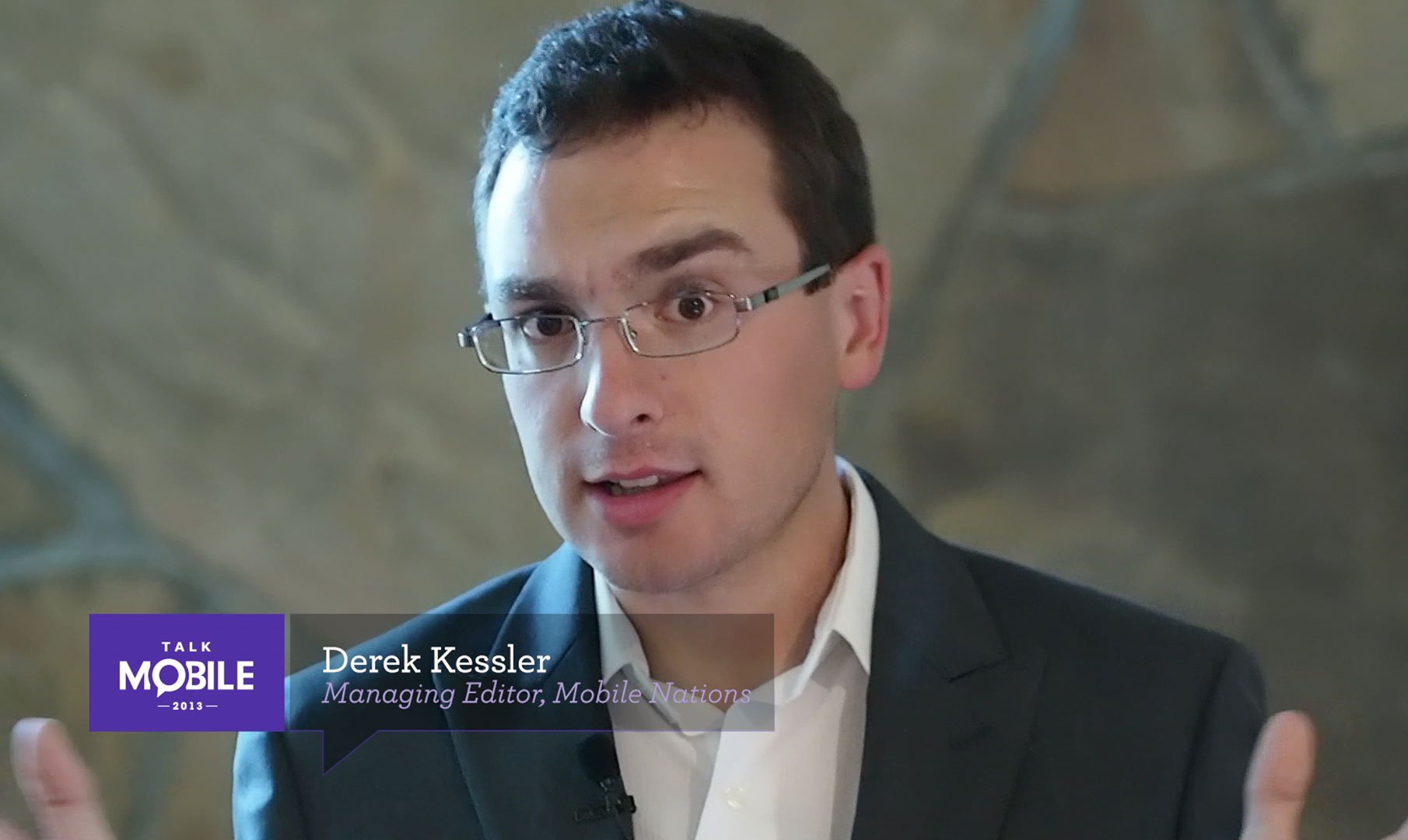
The Nike+ FuelBand guilts me into getting up and exercising.
Derek Kessler / Managing Editor, Mobile Nations
01
How do you use mobile technology to improve your fitness?
876 comments
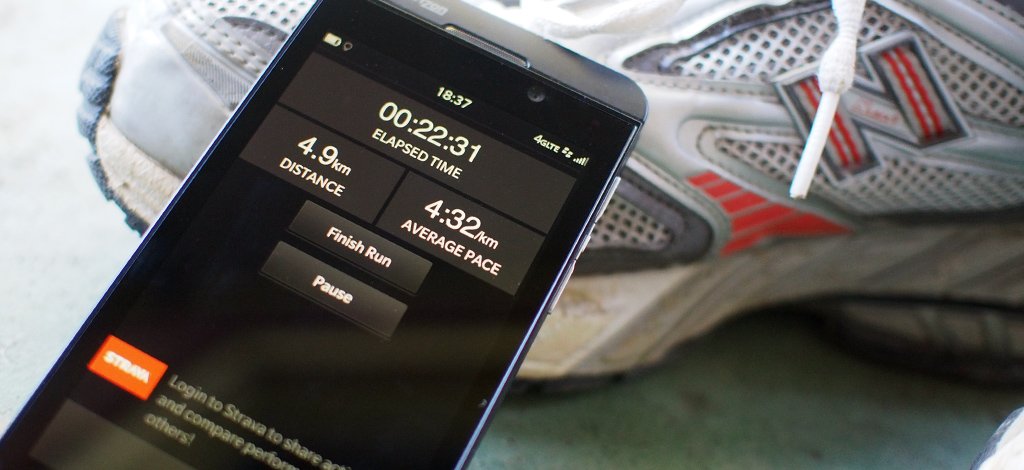

You are what you eat - and what you track
By Rene Ritchie
Sometimes cliches are stupid. Sometimes they're superficial, stereotypical, popular wisdom that's anything but. And sometimes cliches are just true. You are what you eat is one of those. I don't mean that if you eat a carrot you'll suddenly transform into a carrot, of course. But if you eat a carrot you will absolutely absorb what is nutritious from that carrot. And if you eat a deep-fried chocolate-dipped sugar bomb instead, well, you'll absorb a ton of empty calories instead.
Most of us know this, of course. But we're not mindful of it. We live incredibly busy, incredibly stressful lives. And not only do we routinely mortgage our future health for our present enjoyment, but our crowning achievement as sentient beings is our ability to rationalize and excuse-make our way through pretty much anything, no matter how self-damaging it is.
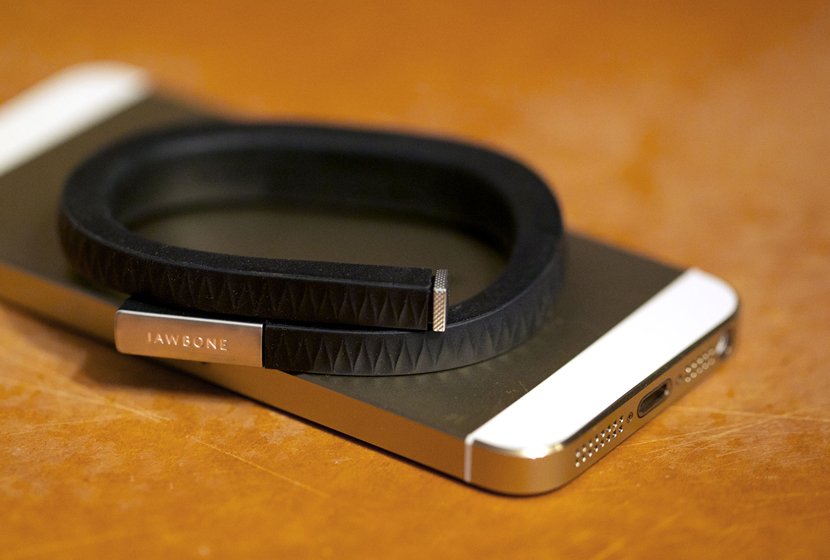
Jawbone branches out
Born an audio company specializing in Bluetooth headsets and speakers, Jawbone branched out in 2011 with the release of the Up wristband. Up was designed to track a wearer's motion, and when paired with a smartphone app could also track eating habits. As a device designed to be always worn, Up also used its motion tracking to monitor sleep cycles, and an embedded vibration motor to wake the wearer during an ideal point in their sleep cycle approaching their desired wakeup time. The first batch of Up wristbands suffered from premature failures and Jawbone pulled the product from the market while it underwent a year-long redesign and testing before relaunching.
So we know we need to eat better, but we're in a rush so we turn into that fast food drive through. We know junk food is bad for us but we just have to have that sweet, sweet donut or salty, salty bag of chips. We know we've eaten far more than we could possibly burn but we just have to have that slice of birthday cake because it's a special occasion, or that slice of pizza because we earned an exception, or that slice of pie because our day sucked just so incredibly badly and stuffing our face will help us forgot, even for just a few minutes.
We can't trust our minds and memories anymore than we can our tastebuds and cravings.
We can't trust our minds and memories anymore than we can our tastebuds and cravings. Perception is reality, and our perception of how we eat is shaped not just by what we actually eat, but by our ideas of how we want to be eating and our amazingly selective memories.
That's where mobile comes in. Thanks to mobile we can journal what we eat so we can see it and understand exactly what we're taking in. We can use apps and websites that not only suggest healthier meals but help us track what we're eating so we can make sure we follow the healthier plans.
Hell, there are even Bluetooth-connected forks that zap our mouths if we eat too much or too quickly.
They make us mindful, they don't allow us to forget, and they hold us accountable. That's the benefit of mobile nutrition.
02
Can tracking what you eat really help you to eat better?
876 comments
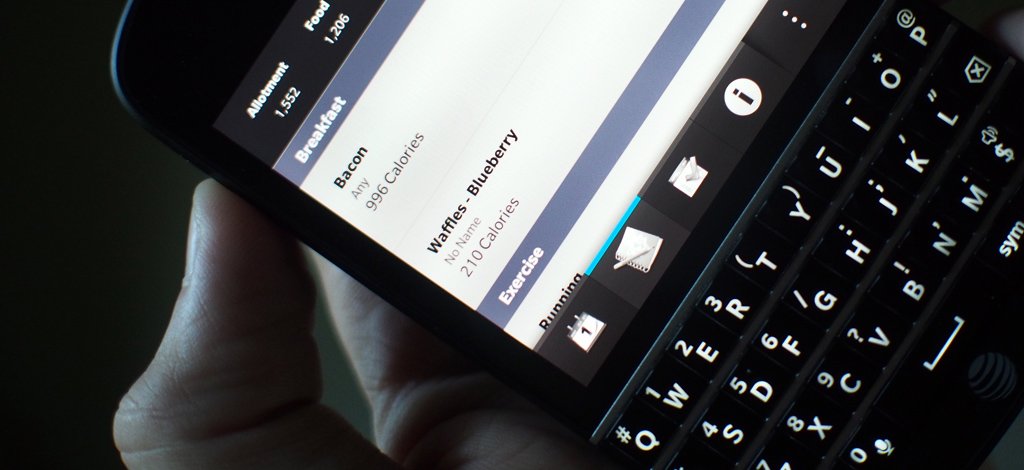

Better sleep through understanding and technology
By Daniel Rubino
As a former polysomnographer (sleep technologist), I can say the rise of technology to evaluate and diagnose sleep disorders has certainly reached its own. You spend nearly 1/3 of your life sleeping, yet it is an area which is becoming increasingly neglected in the modern age. Busy schedules, non-stop entertainment, changing vocational habits, longer work days, and weight gain have all negatively impacted sleep for millions around the world.
So how can your smartphone help? New advances in motion detection can help record whether or not you have had a peaceful or restless night of sleep. Sure, we all feel it when we don't sleep well, but to what extent? How do we quantify that feeling so that we can know if it is serious or not?
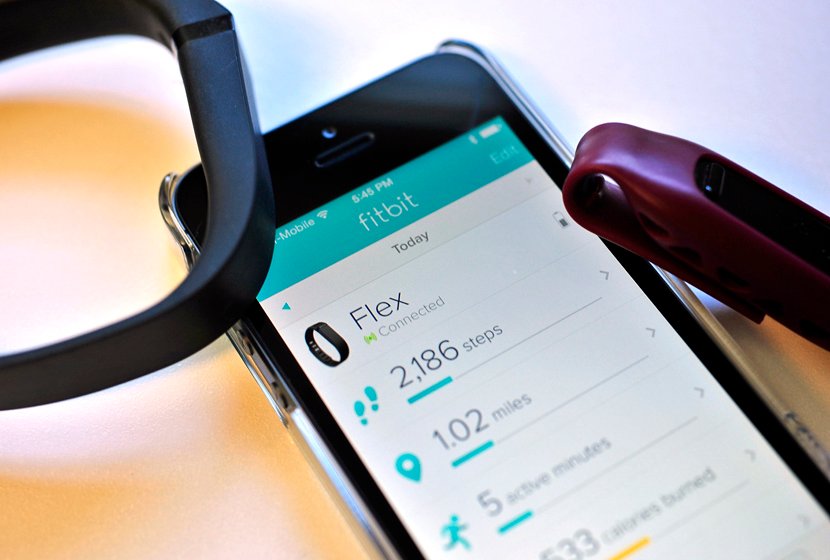
Fitness bits
While the Nike+iPod is one of the first connected fitness trackers, it was 2006's Fitbit Tracker that made fitness tracking truly personal. A thumb-sized clip-on device, the original Fitbit used a three-axis accelerometer to track the wearer's motion throughout the day and night. With that motion data the Fitbit could calculate the distance walked, elevation change, calorie burn rate, sleep time, and even how often the wearer woke while sleeping. In 2012, Fitbit released the smaller Zip, a compact quarter-sized device with basic steps, distance, and calories tracking; an updated full-size tracker called the One also debuted. 2013 saw the Zip and One joined by Flex, a wristband variant of the One.
As it turns out, a lot of older adults suffer from obstructive apnea — the temporary blocking of the airway, often seen as severe snoring — and it can cause all sorts of health problems, including severely disturbed sleep. If a person is constantly tossing and turning (and it is not stressed induced), obstructive sleep apnea could be the cause. Modern recording technologies and the power of a smartphone can be the first step in identifying this and other disorders of sleep.
Another useful application of smartphones (or related technologies like Fitbit) is in the usage of alarms. Traditionally, an alarm is meant to wake you up at a specific time. It's only requirement? Be loud. However, with modern sleep medicine and the tracking of sleep cycles, we now know that there are better times during your sleep to wake up than others.
Have you ever taken a nap, had the alarm go off, and only felt worse than when you laid down? That's because you were awakened in a cycle of deep sleep.
Have you ever taken a nap and had the alarm go off, only to feel worse than when you laid down? Experienced "brain fog" and general lethargy? That's because you were awakened in a cycle of deep sleep or even REM (when we traditionally dream). "Smart alarms" can sense when you start moving around to change positions and go off then - if you are shifting positions, you're not in a dream state and your brain is nearly conscious. That's why we feel more refreshed waking naturally instead of by an intrusive alarm.
We're just starting to see how mobile devices can play a role in modern health diagnostics, but it will be one of the fastest growing and more interesting areas to watch in the coming years.
Talk Mobile Survey: The state of mobile connectivity
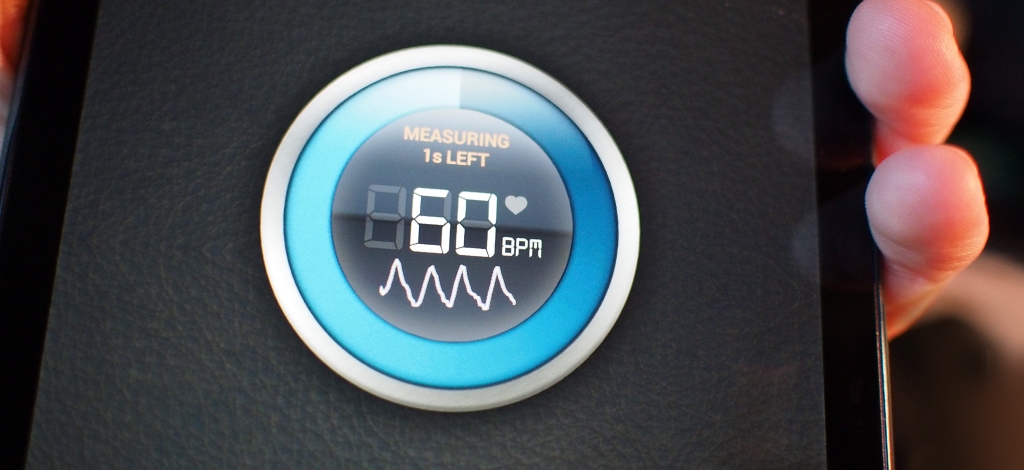

The digital and mobile doctor's office
By Phil Nickinson
Those of us who grew up in dawn of the computing age can remember going into any doctor's office and seeing walls and walls of files. Heck, you can probably still do it today, but you should be able to see a bit more of the paint now.
The transition to the digital age wasn't the quickest across all facets of medicine. There's not just one day where every doctor in every discipline said "OK, we're using computers from here on out." Medical files are simultaneous complicated and flexible, and there serious privacy concerns that had to be addressed in move to digital records. But now that it's finally come, you can see it march along the mobile side as well.
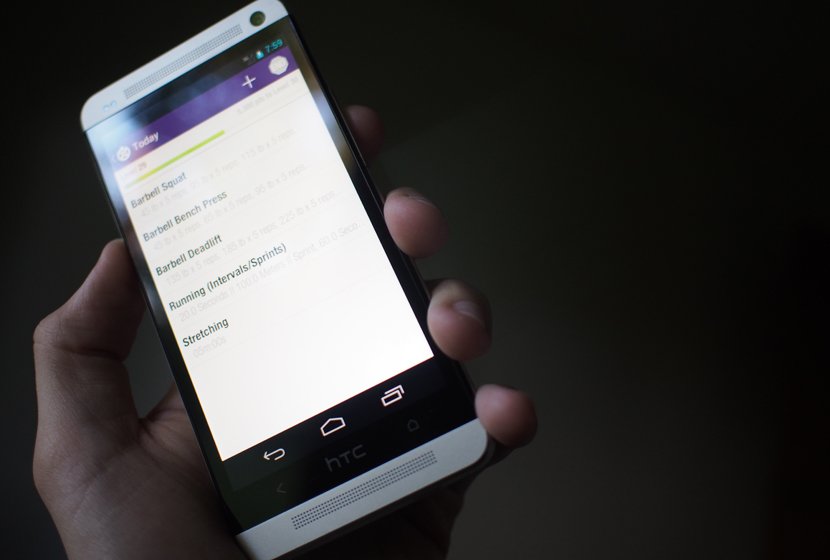
Gamifiying fitness
Gamification is the process of applying game mechanics - competition, goals, and rewards - to otherwise not game-like processes to encourage user engagement. In 2011, Richard Talens and Brian Wang launched Fitocracy, a social network designed to gamify fitness.
Fitocracy users are encouraged to log their exercise activity with the service, which rewards points based on the type of exercise and how long the exercise lasts. In addition to achieving "levels" within the Fitocracy network, the service rewards achievement badges when users reach particular milestones in their exercises and posts quests of exercise activities that can be completed for additional points. Two years after launching, Fitocracy has claimed over one million members.
You don't have to look far, and we've all seen examples. In the span of just a couple years, I've seen my kids' pediatrician switch from a clunky stylus-happy laptop to an iPad for office use. I've seen one veterinarian switch from old-school film X-rays and in the next visit walk in with images of my dog's internals on a tablet. I've seen an EKG be performed in Florida, analyzed in New York and explained back in Florida, all in the course of a half-hour.
Even Android developer SwiftKey has found success in offering a version of its keyboard with Natural Language Prediction tailored specifically for the medical community. Or what about the improvements in face-to-face communication? Invaluable.
That's just the obvious stuff. The things we see in the waiting and exam rooms as patients.
There's a reason doctors are doctors and patients are patients.
For those of us who don't wear lab coats or scrubs, the explosion of mobile also has brought the vast and (arguably) reliable world of self-diagnosis to our pockets. Something bothering you? You can get an idea of what it might be in seconds, without moving from where you're standing. That's good and bad, of course. There's a reason doctors are doctors and patients are patients.
What's next? Using your smartphone to scan moles for signs of skin cancer? There already are pilot projects to use mobile devices for eye care in developing nations.
And this is just the beginning for mobile technology and medicine.
03
Has mobile technology changed how you manage your own health?
876 comments

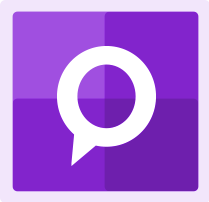
CONCLUSION
The quantified self movement aims to quantify as many aspects of one's health as possible. Data points include weight, exercise, heart rate, blood sugar, hormone levels, nutrition outtake, sleep states, bowel movements, and more. For most of us, monitoring the contents of our blood and our stool is taking it a bit far. The idea is that the more you know, the better decisions you can make, and the more optimal your sleep, exercise, meals, and poops can be.
The real professionals quantified self fanatics have built impressive records on themselves, but it takes real commitment to collect all of that data and put it to use.
But in manageable doses this kind of quantified data can be easily digested and put to use to make the small changes in our lives that make a bigger difference. Ditching the traditional timed alarm clock for a more subtle vibrating wristband synced to our sleep cycle can help us to awaken refreshed and ready to tackle the day. Apps that track what we're eating throughout the day can tell us where we're overdoing it and where we're coming up short with nutrition.
Movement trackers help to determine whether or not we're getting enough exercise, and can even provide that extra bit of motivation - and social shaming - to get us moving. And digital records and mobile devices are changing how our doctors do what they do, and how quickly and easily they can do it.
We don't all have to track our hormone and glucose levels, but just a small bit of tracking can help us make the small changes that make a big difference.

